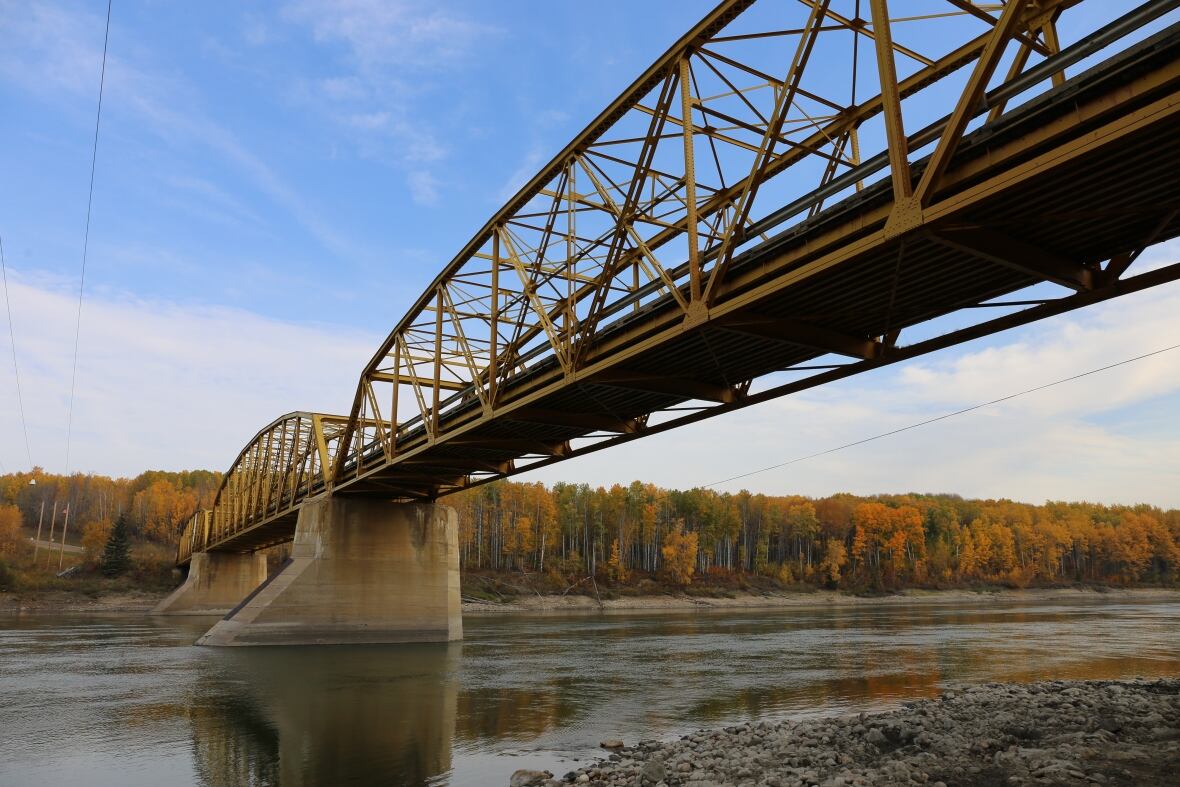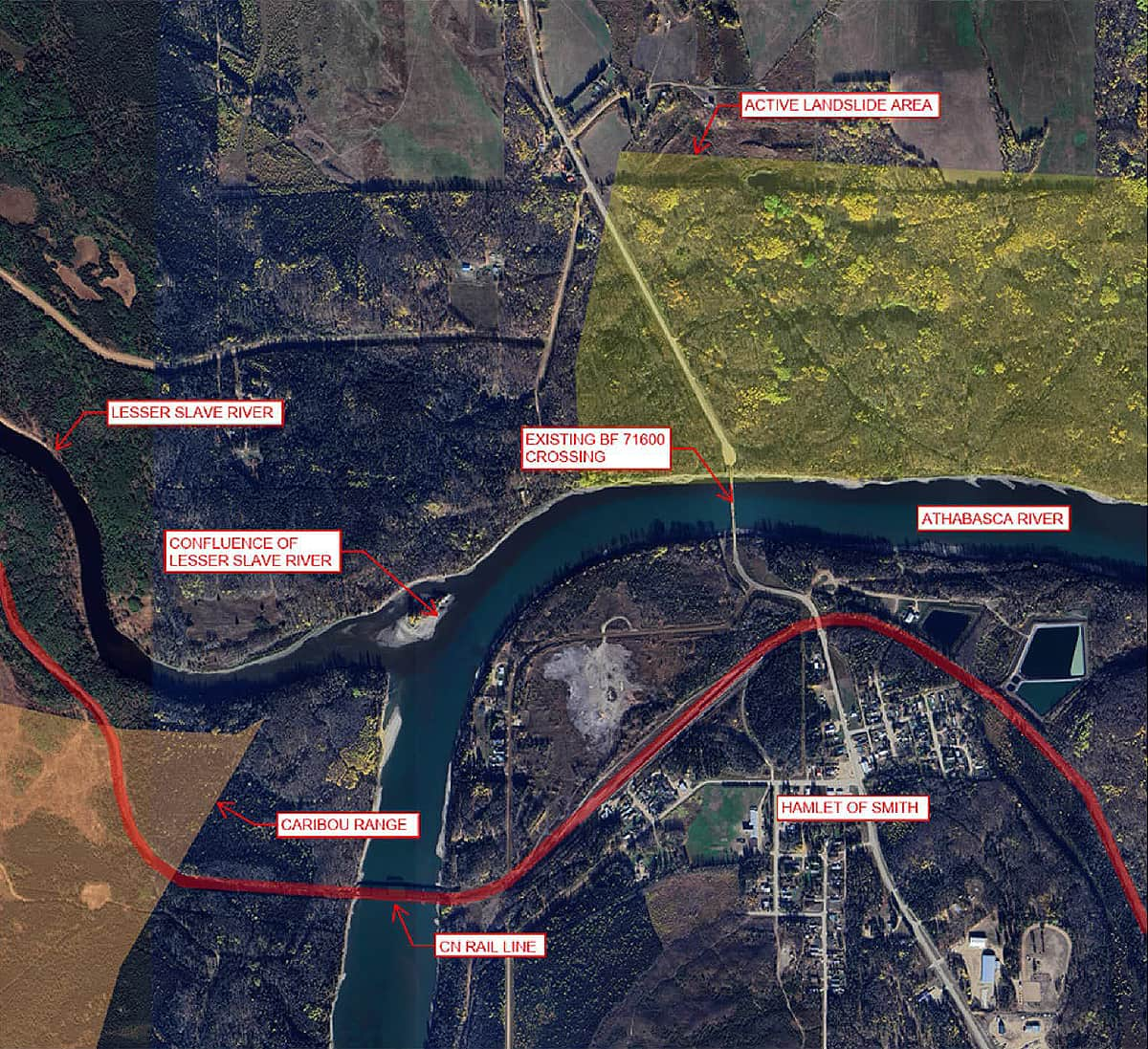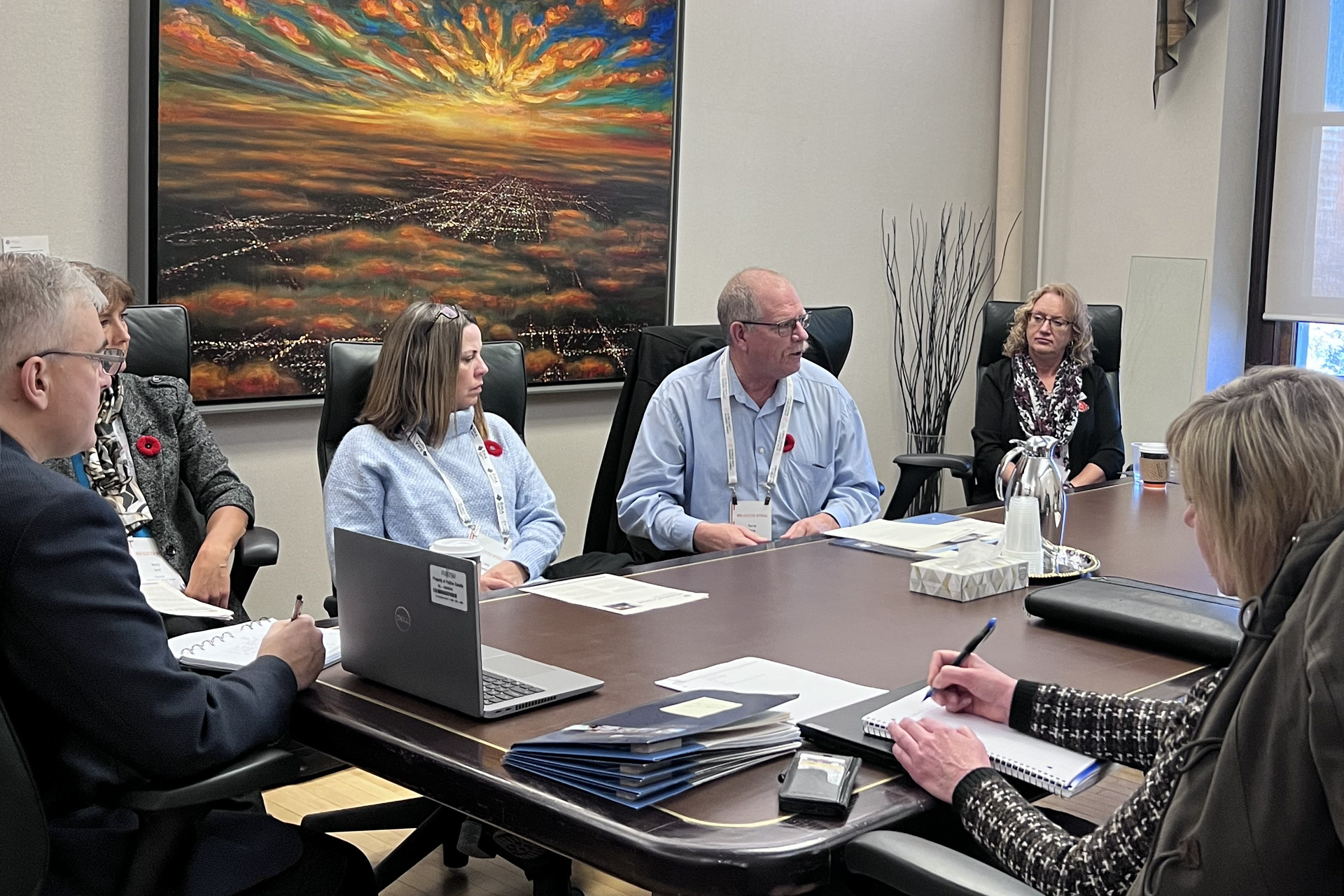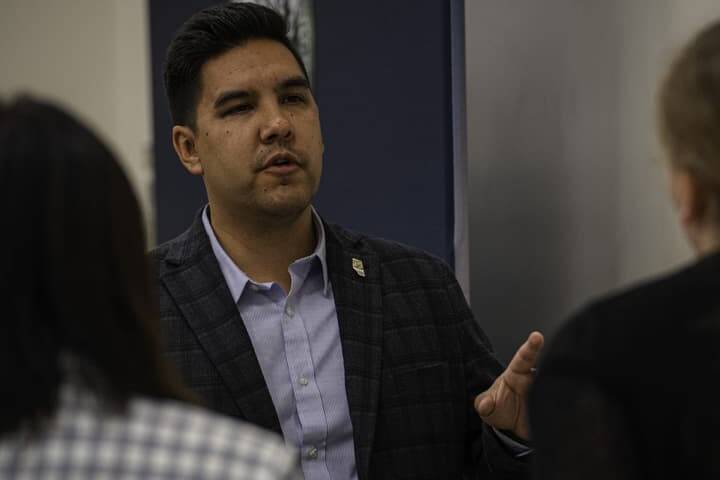
Updated Cost Projections and Next Steps
On February 14, 2024, the MD's Transportation team released its project summary for the Smith Bridge rebuild project. Continue reading to review the summary, or click below to download a version in PDF format.
The existing bridge (Bridge File 71600) over the Athabasca River, known locally as Smith Bridge is nearing the end of its service life, it is not meeting current service level requirements and has been identified for replacement. The Municipal District of Lesser Slave River No. 124 (MDLSR) retained Associated Engineering (Associated) to prepare preliminary design recommendations for a replacement crossing.
A functional planning study was completed based off of desktop information and was used to inform the preliminary investigations: including environmental, geotechnical and hydrotechnical.
A Conceptual Design Report was developed based on data gathered during the investigations. The purpose of concept design is to recommend the bridge crossing alignment and profile, along with suitable structural arrangements to be considered during the subsequent Preliminary Design phase. The alignments and structural arrangements developed consider the major site and project constraints which influence the suitability of the bridge and alignment design. As part of this we evaluated concept-level opinions of probable cost and project schedules, identifying potential project risks, mitigation strategies, and next steps.
The north bank of the Athabasca River at the location of the Smith Bridge has experienced slope movements at the bridge abutment location since its original construction in 1946. While the Functional Planning Study focused on a new alignment parallel to the existing bridge, the recently completed >geotechnical studies, conducted as part of the current phase of the project, identified increased magnitude and extent of slope movements that a new bridge design (located immediately downstream of the existing bridge) be required to accommodate. Slope movements of embankments for bridges crossing the Athabasca River are known, however the movements identified at the existing Smith Bridge are estimated to be far greater than the movements experienced at other bridge crossing locations in Alberta. As a result, a bridge constructed adjacent to the existing Smith Bridge would likely require a major intervention on average every 20 years, with minor interventions required as frequently as every 2 years. This requires a non-conventional, more complex, and structurally and operationally inefficient approach to the bridge design, construction, and maintenance.
The existing structure at Smith has managed to accommodate significant movements (with intervention) over its lifespan without major damage to or collapse of the main superstructure. Several key features of the existing structure were identified:
- The main truss spans of the existing bridge are simply supported with no continuity between spans and flexible in torsion allowing for movement at the abutments with no transfer of load or distress to the superstructure.
- The timber components are flexible and do not cause the approach structures to break apart or collapse until cumulative movements over the years are quite large. This has enabled a strategy of periodic replacement of the abutments and approach structures to be used.
- The river piers do not exhibit ground movements and have remained “fixed” points controlling the position of the main bridge structure. This implies that the river piers are located far enough into the river to be beyond the toe of the north and south slides.
A new structure at this location would require specialized design and construction and would not be cost efficient. It would require a very complex, maintenance intensive, abutment, to be able to adjust to the landslide activity and given the limitations it would be very difficult to accommodate a concrete bridge deck.
Due to the complexity and risks associated with managing the slope movement, the project study area was increased to allow for bridge alignments that would avoid the areas of slope instability and support a more conventional approach to design and construction. The additional study area extended 2 km upstream of the existing bridge location and included two additional alignments which avoid the extent of the unstable area and are considered to optimize roadway geometrics, land ownership, and utility coordination constraints.

A qualitative evaluation was completed that considered each option’s ability to meet the design considerations of: Utilities, Hydrotechnical, Geotechnical, Roadway, Environmental, Structural, Site Access and Laydown, Construction, Schedule, and Maintenance and Inspection, and rated the options from very unfavourable to very favourable. Based on this evaluation, alternate locations were found more preferable in Geotechnical, Structural and Maintenance and Inspection.
Concept-level opinions of probable cost were developed and are generally considered to have an accuracy range of ±50% and include a 15% allowance for engineering and a contingency of 30%. Based on the financial comparison of concept-level opinions of probable cost, an alternate location was identified to have a lower capital and maintenance costs compared to the other options. The concept-level cost for the recommended alignment is summarized in the table below:
To maintain progress on the project, given the limited flexibility in the schedule, a timely approval of the preferred alignment will be critical in order to advance the preliminary design. To support design development, additional survey and further environmental, hydrotechnical and geotechnical investigations are required along the recommended alignment. A wildlife sweep will be required prior to clearing for road construction and geotechnical investigations.
We met with representatives from Alberta Transportation on January 26, 2024. Their direction was to submit the conceptual design report and they would review it with the Technical Standards Branch and provide their feedback on what the next steps look like. A meeting is being set up for next Tuesday.
Stay informed on the Smith Bridge rebuild
The Smith Bridge is a vital infrastructure asset that supports both a local social framework and a diversity of industrial activity. By replacing this bridge, the MD seeks to unlock even more potential for industry, agriculture, tourism and community.
As this important project gains momentum in the months ahead, any related updates and documentation will be shared via this website.
Related Posts
November 1, 2023
Council to Meet with Ministers at Fall RMA
MD Council and senior administrators are set to attend the Rural Municipalities…
June 15, 2023
June 2023 Smith Bridge Infosession Recap
On June 13, 2023, Councillors, department managers and engineers hosted an…

